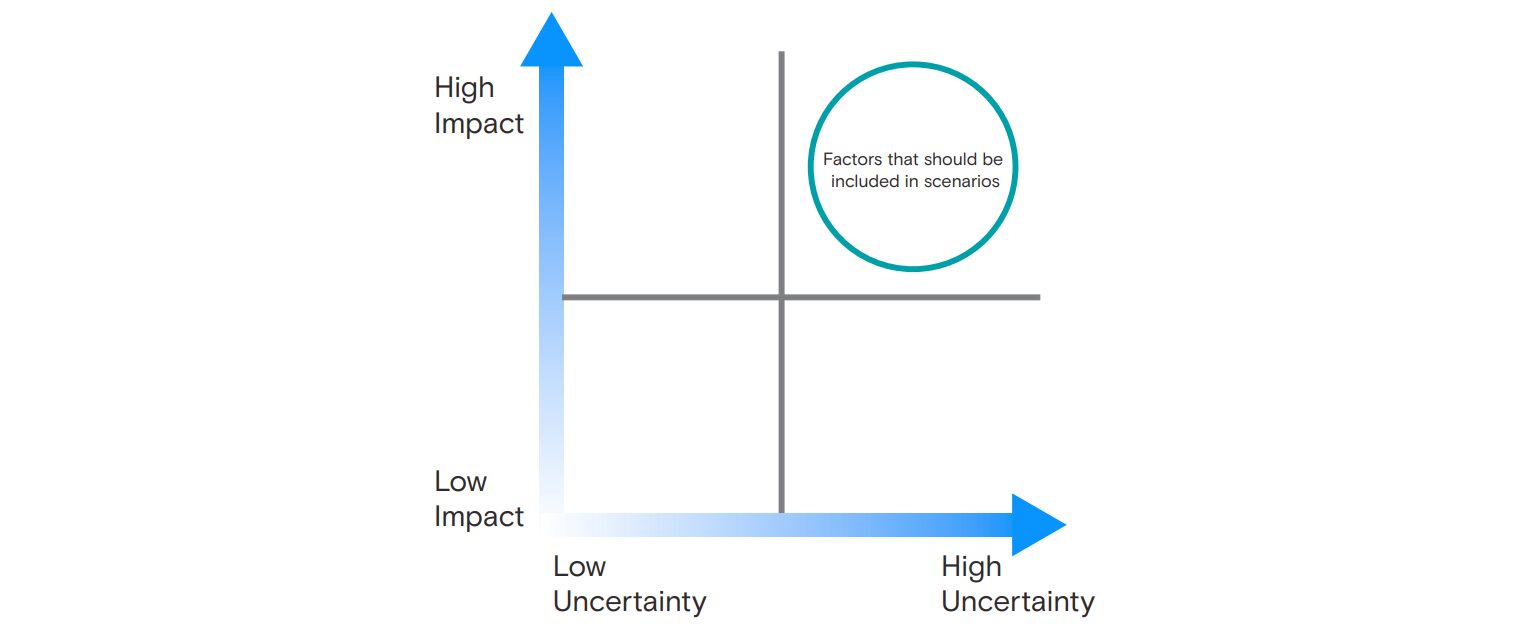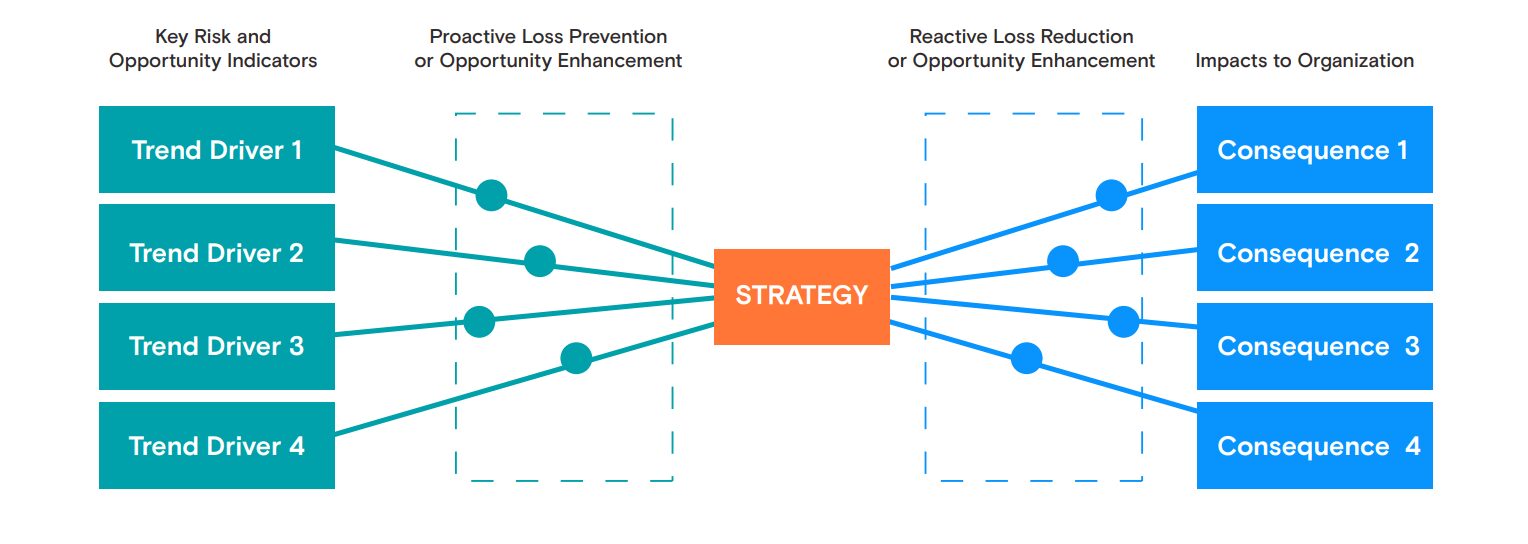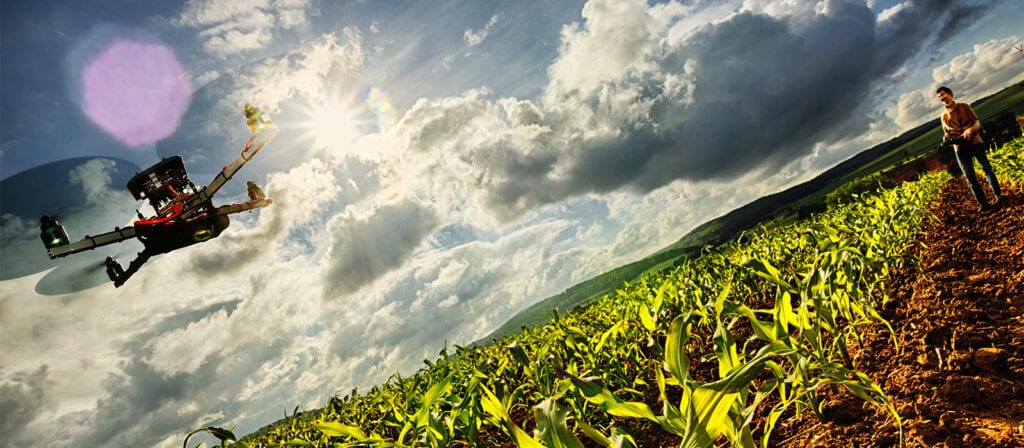“Insurers and reinsurers face a tremendous amount of change and uncertainty, and that uncertainty only continues to grow in speed and complexity. Given this context, it is more important than ever for organisations to anticipate emerging trends and the risks that they pose to strategy,” writes Lorie Graham, Senior Vice President and Chief Risk Officer at ICMIF member American Agricultural Insurance Company (USA). We are pleased to share this guest blog from Lorie, which is reproduced here for the benefit of ICMIF members with her kind permission.
Inflation. Climate change. Dynamic cyber risk landscape. The past few years have brought about significant areas of disruption that have impacted organisations in ways for which they may, or may not, have been prepared.
Insurers and reinsurers face a tremendous amount of change and uncertainty, and that uncertainty only continues to grow in speed and complexity. Given this context, it is more important than ever for organisations to anticipate emerging trends and the risks that they pose to strategy.
Most organisations gather intelligence from scanning trade publications, the news, industry thought leaders, and other subject matter experts. However, a more systematic approach to identifying and analysing emerging trends can deliver better results — helping you develop more strategic insights about both future risks and future opportunities.
Why watch emerging trends?
Emerging trends — be they societal, economic, technological, or political — are often external to your organisation.
They can be difficult to define and complex in nature, with parameters that may not yet be well understood. Furthermore, these trends may develop slowly and may not seem to have a material impact at first but can quickly accelerate and dramatically impact your business.
Adding to the complexity, some of the risks that result from these emerging trends may be new, while others may be risks that you have already been managing but are now behaving differently or interacting with other risks in a new context.
Some may impact your organisation’s ability to achieve strategic objectives, while others may present significant organisational opportunities.
By anticipating scenarios and planning for them, you can future-proof your strategy. Because strategic plans often have a longer-term horizon, these trends should be considered prospectively, as they may change the assumptions that were made during the strategic planning process.
Monitoring key indicators of change in these trends can allow your organisation to pivot and adapt, becoming more resilient.
Identifying emerging trends
Planning for emerging trends starts with identification. There are many techniques that organisations can use to pinpoint these trends long before they impact the business. Two options to consider are PESTLE analysis and horizon scanning.
PESTLE analysis provides a structured framework for trend evaluation. Key factors are organized into in six categories — Political, Economic, Sociological, Technological, Legal, and Environmental. For each factor in a category, you develop a description of the external trends that may affect your industry and evaluate how important each of these trends is to the success of your organisation.
For example, in the Economic section, your organisation may consider exchange rates, economic growth, cost of living, interest rates, labour costs, or inflation. In the Technological section, trends in areas such as innovation, disruptive technologies, robotics, artificial intelligence, and security may be of importance.
Horizon scanning allows for early detection and evaluation of emerging trends through a systematic gathering of signals of change. In this approach, you examine information methodically to identify potential threats, risks, and opportunities related to specific categories of trends that are relevant to your organisation. Then, you construct scenarios to better understand how the future might unfold and assess whether your organisation is adequately prepared.
This process can help you deepen your understanding of trends, identify gaps in information, and valuate choices and trade-offs. It can also inform strategic assumptions.
Whichever method you choose for identifying emerging trends, be sure to gather information from a wide range of sources. Diverse perspectives create a richer and more nuanced understanding of potential impacts.
Assessing risks and opportunities from emerging trends
Once you’ve identified emerging trends, understanding their potential impact on your industry or organisation can also be challenging.
This is where risk assessment tools come in. Many of the tools available for traditional risk assessment can also be used for emerging trends. Two especially useful techniques are scenario analysis and bow-tie analysis.
Scenario analysis can provide insights about possible future outcomes in different contexts. In this approach, you start by defining a hypothetical future state. Then, a range of scenarios for different emerging trends are considered, such as base-case, worst-case, and best-case. Assumptions are made about the effect of different factors that may impact the performance of your organisation.
Using an impact-uncertainty matrix, scenario variables become more critical as they reach higher impact and higher uncertainty.
This model is helpful because it provides an in-depth analysis of multiple possible outcomes.

Bow tie analysis, also known as a cause-and-effect diagram, provides a logical, methodical approach to analysing emerging trends. The diagram serves as a visualisation of the relationships of an emerging trend with its drivers and impacts.
Identifying causes can help your organisation develop key risk indicators (KRIs), which are the areas where preventative controls can be put into place. Understanding the immediate impacts will provide insights on risk response plans and areas for risk transfer.

Conclusion
Recent economic, social, technological, environmental, and geopolitical trends all highlight the need for organisations to anticipate shocks that might impact their ability to achieve strategic objectives and protect their reputation. Implementing a systematic approach to identifying and assessing emerging trends can help your organisation become more adaptive and therefore more resilient. The information gathered can provide insights to both navigate the complexities of emerging trends and their threats and also capture the resulting opportunities.
Lorie Graham will take part in a session on the topic of Emerging risks in (re)insurance at the forthcoming ICMIF Meeting of Reinsurance Officials (MORO) which takes place from Tuesday 6 to Thursday 8 June 2023 in Des Moines, Iowa (USA). Please click here to learn more about the event, the agenda and how to register.






